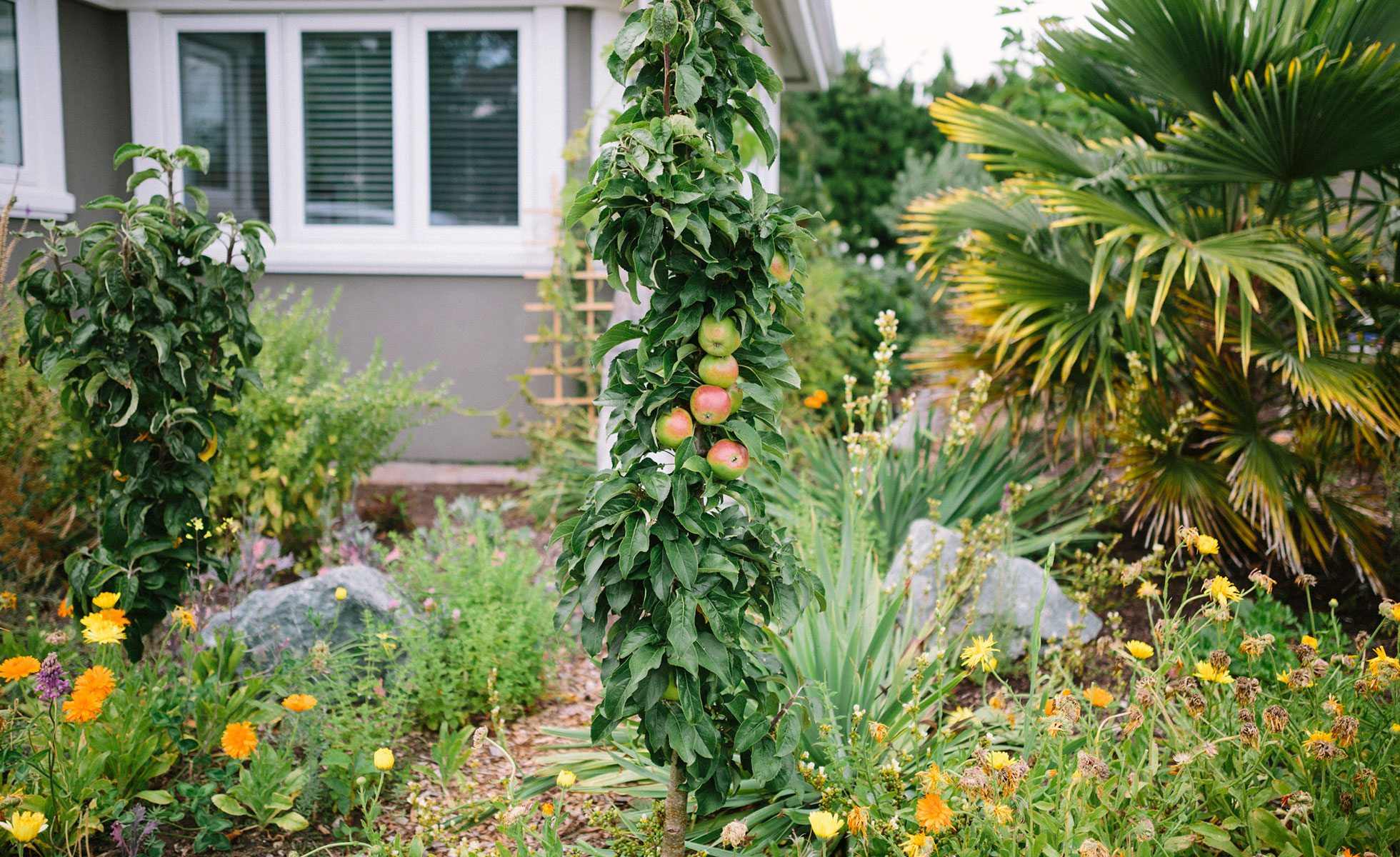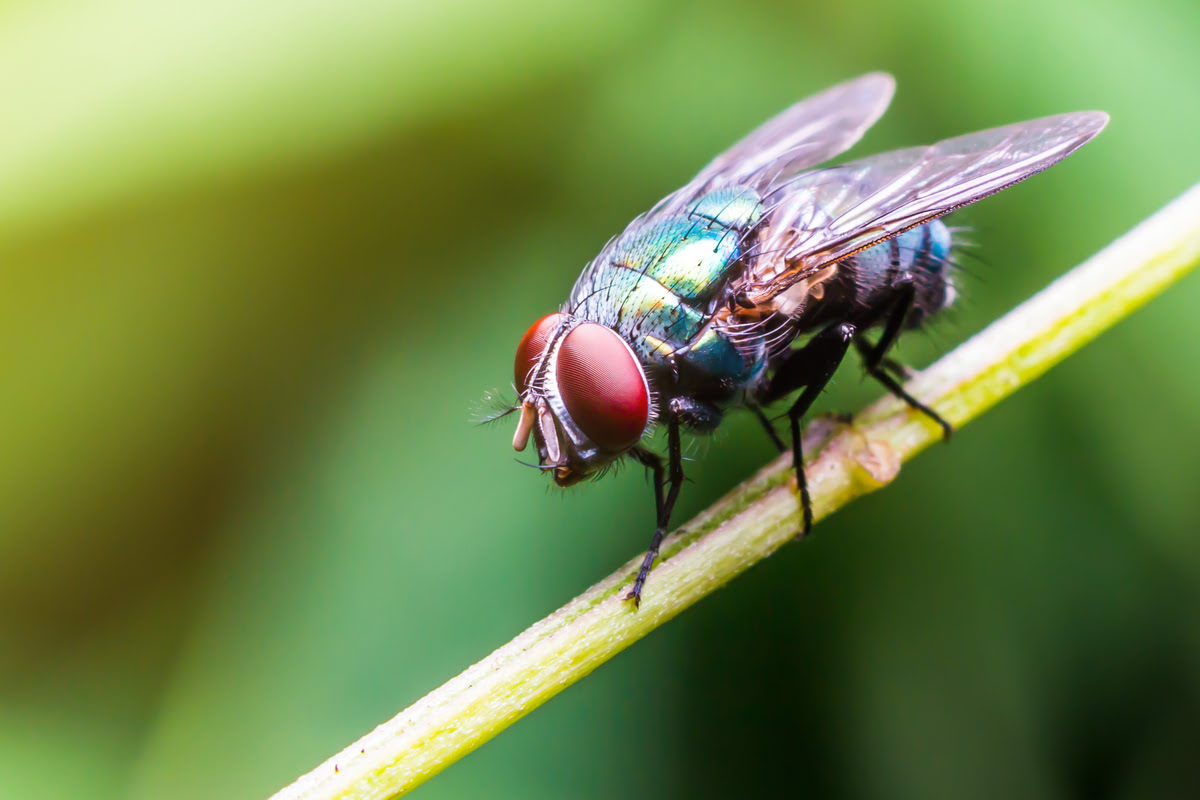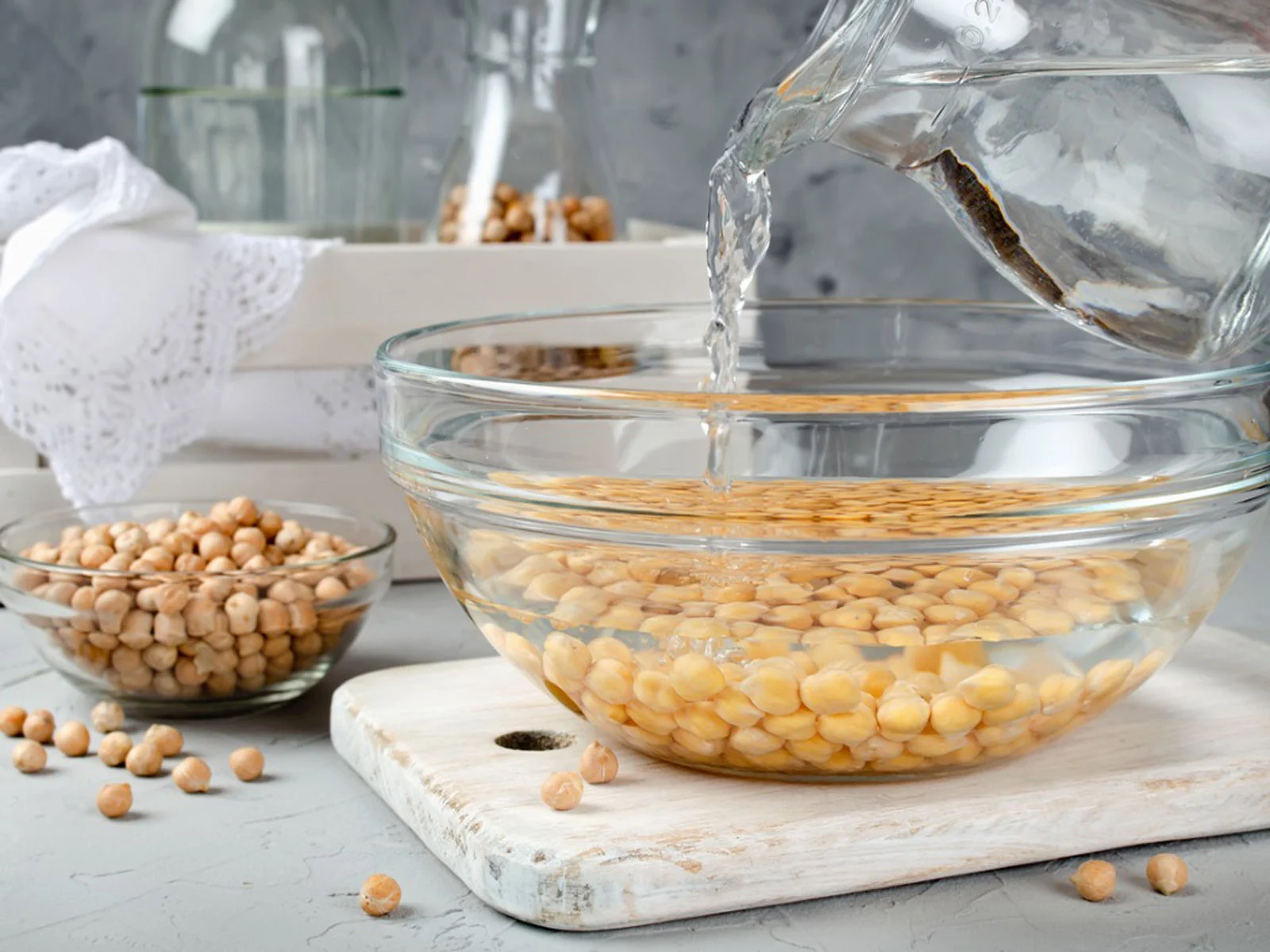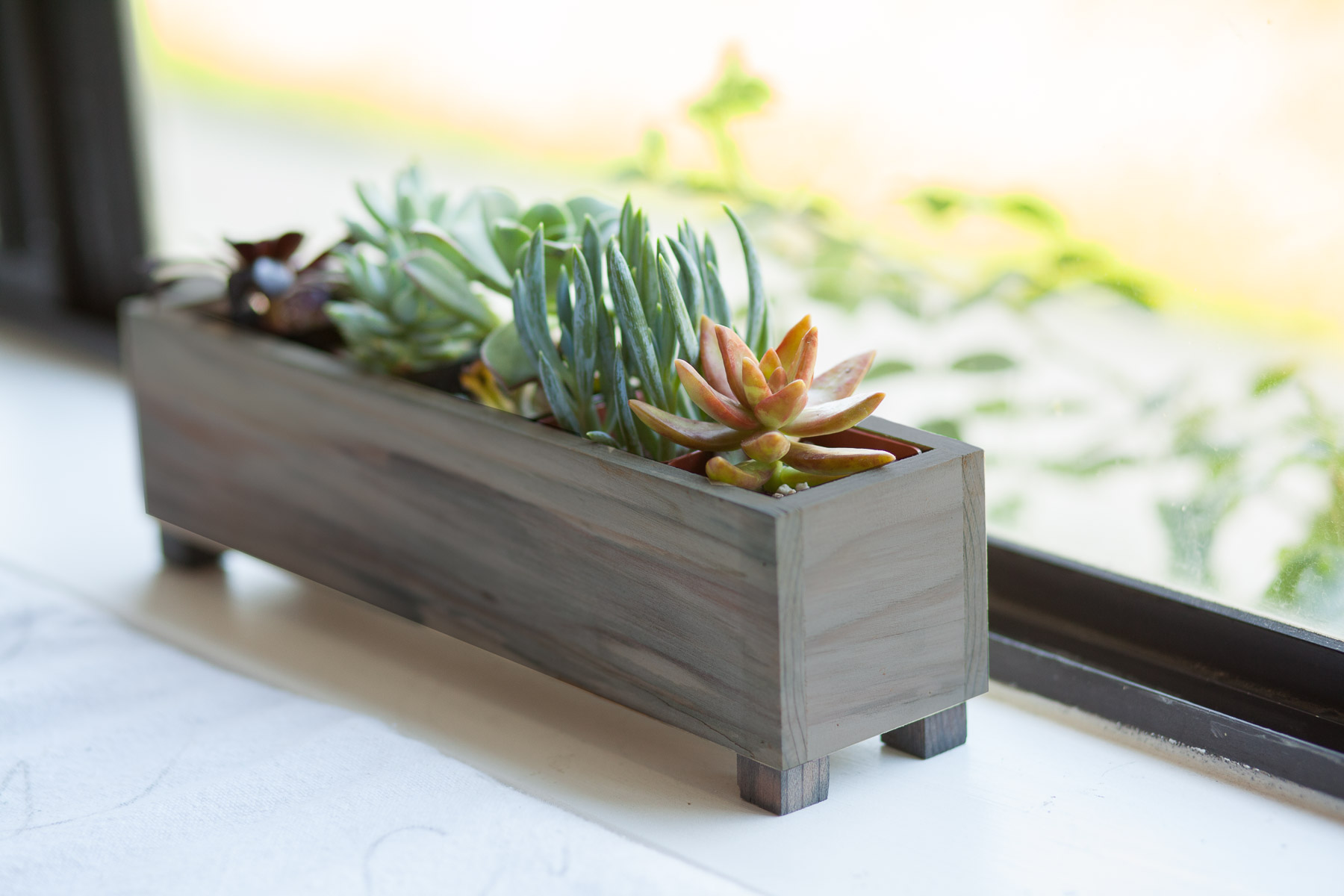Home>Types of Gardening>Edible Gardening>What Vegetables Should Not Be Planted Next To Each Other


Edible Gardening
What Vegetables Should Not Be Planted Next To Each Other
Modified: January 22, 2024
Discover the best and worst vegetable combinations for your edible garden. Avoid planting incompatible veggies next to each other to maximize your harvest.
(Many of the links in this article redirect to a specific reviewed product. Your purchase of these products through affiliate links helps to generate commission for Chicagolandgardening.com, at no extra cost. Learn more)
Table of Contents
Introduction
When it comes to edible gardening, knowing which vegetables should not be planted next to each other is essential for a successful and thriving garden. The concept of companion planting has been used for centuries as a way to maximize plant growth, deter pests, and improve overall yield. By strategically pairing compatible plants and avoiding harmful combinations, you can create a harmonious and productive garden ecosystem.
Companion planting is based on the idea that certain plants have a beneficial influence on others, while some combinations can hinder growth or attract pests. Factors such as nutrient requirements, water needs, and susceptibility to diseases and pests determine which plants should or should not be planted together.
By understanding the different vegetable combinations to avoid, you can prevent nutrient deficiencies, promote healthy growth, and reduce the risk of plant diseases. In this article, we will explore several combinations of vegetables that should not be planted next to each other and discuss the reasons behind these recommendations.
Reasons for Avoiding Certain Combinations
There are several reasons why certain vegetable combinations should be avoided in the garden. These reasons include nutrient competition, disease susceptibility, growth inhibition, and pest attraction. Understanding these factors will help you make informed decisions when planning your edible garden.
Firstly, nutrient competition is a common reason to avoid planting certain vegetables together. Some plants have high nutrient requirements and may deplete the soil of essential elements, making it difficult for neighboring plants to thrive. For example, planting tomatoes and potatoes together can be problematic as both of these plants require a significant amount of potassium, which can lead to nutrient deficiencies for both plants if grown in close proximity.
In addition to nutrient competition, certain plant combinations can increase the risk of spreading diseases. Some vegetables are more susceptible to specific diseases and planting them next to each other can create an environment conducive to the spread of these pathogens. For instance, planting cabbage and tomatoes together can increase the likelihood of fungal diseases such as blight or wilt, which can devastate both plants.
Another reason to avoid certain combinations is growth inhibition. Some plants release chemicals that can inhibit the growth of neighboring plants. Onions, for example, release compounds that can suppress the growth of peas. Planting peas and onions together can result in stunted growth and poor yields for both crops.
Pest attraction is also a consideration when choosing which vegetables to plant together. Some vegetable combinations can attract common pests, leading to increased damage and decreased yields. Cucumbers and sunflowers, for instance, are both attractive to aphids. Planting these two together can create a haven for aphids and increase the risk of infestation.
By understanding these reasons for avoiding certain combinations, you can ensure a healthier and more productive garden. In the following sections, we will explore specific combinations of vegetables that should be avoided and the potential impacts they can have on your edible garden.
Tomato & Potato
Although both tomatoes and potatoes belong to the same family, Solanaceae, it is important to avoid planting them together due to their similar nutrient requirements and vulnerability to certain diseases.
Tomatoes and potatoes are heavy feeders and have high nutrient demands, especially when it comes to potassium. When planted together, these plants can compete for nutrients, leading to nutrient deficiencies and stunted growth.
Furthermore, both tomatoes and potatoes are susceptible to diseases such as late blight and early blight. When planted in close proximity, these diseases can easily spread between the two plants, increasing the risk of infection and reducing overall yield.
It is advisable to separate tomato and potato plants by at least 4 to 6 feet to minimize the risk of disease transmission and nutrient competition. This distance will help ensure that each plant has ample space to grow and access the necessary nutrients without compromising the health and productivity of its neighbor.
Cabbage & Tomato
While cabbage and tomatoes are popular vegetables to grow in the garden, it is best to avoid planting them next to each other. There are several reasons why these two plants should be kept apart.
One of the main reasons is disease susceptibility. Cabbages are prone to a variety of fungal diseases, such as clubroot and black rot, while tomatoes are susceptible to diseases like early blight and late blight. If these plants are grown together, the risk of cross-contamination increases, leading to the spread of diseases and decreased overall yield.
In addition to disease susceptibility, cabbage and tomato plants have different growth habits and nutrient requirements. Cabbages are heavy feeders with high nitrogen needs, while tomatoes have higher potassium requirements. Planting them together can result in imbalanced nutrient uptake and hinder the growth of both plants.
Another factor to consider is space. Cabbage plants grow larger and require more space compared to tomatoes. Planting them too close together can lead to overcrowding and shading, which can adversely affect the growth and development of both plants.
To avoid these issues, it is recommended to separate cabbage and tomato plants by a distance of at least 2 to 4 feet. This distance will help reduce the risk of disease transmission, allow for proper nutrient uptake, and provide adequate space for each plant to thrive.
Onion & Peas
While onions and peas may seem like a good combination due to their contrasting flavors and complementary culinary uses, it is advisable to avoid planting them next to each other in the garden. There are several reasons why these two vegetables should be kept apart.
One of the primary reasons is the growth inhibition caused by onions. Onions release compounds that can suppress the growth of neighboring plants, including peas. If planted together, the growth of peas can be stunted, resulting in lower yields and poor plant development.
Additionally, onions and peas have different soil and nutrient requirements. Onions prefer well-drained soil and benefit from the addition of organic matter, while peas thrive in slightly more moisture-retentive soil. The conflicting requirements can result in imbalanced soil conditions and hinder the optimal growth of both plants.
Moreover, onions and peas have different growth habits. Onions are cool-season crops that take a longer time to mature, while peas are typically fast-growing and prefer cooler temperatures. Planting them together can lead to slower growth and potential overcrowding as the onions reach their maturity stage.
To ensure the best growth and yield, it is recommended to separate onion and pea plants by a distance of at least 12 inches. This spacing will allow the onions to grow without inhibiting the growth of the peas, ensuring that both vegetables can thrive and provide a bountiful harvest.
Carrots & Parsnips
Carrots and parsnips are two root vegetables that are often grown together in the garden due to their similar growth requirements and culinary uses. However, it is important to exercise caution when planting them next to each other as they can cross-pollinate, resulting in undesirable traits in the offspring.
Carrots and parsnips belong to the same botanical family, Apiaceae, and have the potential to interbreed. If planted in close proximity, the bees and other pollinators can transfer pollen from one plant to another, leading to cross-pollination. This can result in hybridized seeds that may produce carrots or parsnips with undesirable characteristics, such as off-flavors, tough textures, or irregular shapes.
To prevent cross-pollination, it is best to separate carrot and parsnip plants by a distance of at least 100 feet. If space is limited, you can also stagger the planting times to ensure that the crops do not flower simultaneously and reduce the chances of cross-pollination.
In addition to the risk of hybridization, carrots and parsnips have different growth habits and root structures. Carrots have a taproot that grows deep into the soil, while parsnips have a more extensive root system that spreads horizontally. Planting them together can result in root interference and constrained growth, leading to suboptimal root development and diminished yield.
Therefore, it is recommended to separate carrot and parsnip plants by at least 6 to 12 inches. This spacing will provide enough room for the roots to develop without competition, ensuring that both crops can reach their full potential and yield delicious, healthy roots.
Cucumbers & Sunflowers
While the combination of cucumbers and sunflowers may seem visually appealing in the garden, it is best to avoid planting them next to each other. There are several reasons why these two plants should be kept apart.
One of the main reasons is the space and light competition. Sunflowers are tall plants that can cast shade on neighboring plants, including cucumbers. Cucumbers, on the other hand, require full sun to thrive and produce abundant fruits. If planted too closely, the sunflowers can block the sunlight, leading to poor growth and lower yields for the cucumbers.
Additionally, cucumbers and sunflowers have different water requirements. Cucumbers prefer a consistently moist soil, while sunflowers are more drought-tolerant and prefer dry conditions. Planting them together can result in overwatering the cucumbers or underwatering the sunflowers, compromising the health and vigor of both plants.
Another factor to consider is the risk of pest attraction. Cucumbers are prone to pests such as cucumber beetles and aphids. Sunflowers, with their large flowers and pollen, can attract these pests, increasing the chances of infestation and damage to the cucumber plants.
To maintain the health and productivity of both plants, it is recommended to separate cucumbers and sunflowers by a distance of at least 3 to 4 feet. This spacing will allow the cucumbers to receive adequate sunlight and airflow while reducing the risk of shade, water competition, and pest attraction.
Alternatively, you can consider planting a trellis or other vertical support for the cucumbers, allowing them to grow vertically and maximize space utilization without being shaded by the sunflowers.
Radishes & Hydrangeas
When planning your garden layout, it is important to be mindful of certain plant combinations that may not be beneficial. One such combination to avoid is planting radishes near hydrangeas. While both radishes and hydrangeas have their own unique beauty and benefits, there are several reasons why these two plants should not be grown together.
One of the main reasons to keep radishes and hydrangeas separated is their different soil and water requirements. Radishes thrive in well-draining soil that remains consistently moist, while hydrangeas prefer slightly acidic soil with higher water retention. Planting radishes near hydrangeas can result in an imbalance in soil moisture levels, leading to poor growth for both plants.
Another factor to consider is the competition for nutrients. Radishes are heavy feeders, requiring ample amounts of nitrogen and phosphorus. On the other hand, hydrangeas have specific nutritional needs to promote their vibrant blooms. When grown together, radishes can deplete the soil of essential nutrients required by hydrangeas, potentially compromising their health and overall appearance.
In addition to nutrient competition, radishes and hydrangeas have different growth habits. Radishes are fast-growing with a short maturity period, while hydrangeas are slow-growing shrubs. Planting them together could result in the radishes shading and outcompeting the hydrangeas for sunlight, hindering their growth and affecting their ability to produce beautiful blooms.
Furthermore, pests can be another concern when planting radishes near hydrangeas. Radishes are known to attract pests such as flea beetles and cabbage root maggots. Having radishes nearby may increase the risk of these pests infesting the hydrangeas, leading to damage and reduced overall plant health.
To ensure the optimal growth and health of both radishes and hydrangeas, it is recommended to keep them separated in the garden. Consider planting the radishes in a separate bed or container away from the hydrangeas. This will allow each plant to receive the specific care and conditions they require, resulting in thriving radishes and beautifully blooming hydrangeas.
Beans & Onions
While beans and onions are both popular vegetables to grow in the garden, it is advised to avoid planting them next to each other. There are several reasons why these two plants should be kept apart in your garden bed.
One of the main reasons is the potential growth inhibition caused by onions. Onions release compounds that can hinder the growth of neighboring plants, including beans. Planting beans in close proximity to onions can result in stunted growth and reduced yields for both crops.
Furthermore, beans and onions have different nutrient requirements. Beans are nitrogen-fixing plants, meaning they have the ability to convert atmospheric nitrogen into a usable form of nitrogen for their growth. Onions, on the other hand, prefer a soil low in nitrogen. Planting them together can disrupt this balance and lead to imbalanced nutrient uptake, negatively impacting the growth and productivity of both plants.
In addition to nutrient competition, beans and onions have conflicting water needs. Beans require consistent soil moisture throughout their growth, while onions prefer drier soil conditions to prevent rot and disease. Growing them together can result in overwatering the onions or underwatering the beans, creating suboptimal growing conditions for both plants.
Another consideration is the risk of pest attraction. Beans are known to attract pests such as aphids and bean beetles, while onions have their own set of pests, including onion maggots and thrips. Planting beans and onions together can create an environment that attracts a wide variety of pests, potentially leading to increased pest pressure and damage to both plants.
To ensure the best growth and yield for both beans and onions, it is recommended to separate them by a distance of at least 2 to 3 feet. This spacing will allow each plant to receive adequate nutrients, water, and airflow, reducing the risk of growth inhibition, nutrient competition, and pest attraction. By keeping these plants separate, you can optimize their individual growth and maximize their productivity in your garden.
Conclusion
When it comes to edible gardening, understanding which vegetables to avoid planting next to each other is crucial for creating a thriving and productive garden. By taking into consideration factors such as nutrient requirements, disease susceptibility, and growth habits, you can make informed decisions about which plant combinations to avoid.
Tomato and potato plants should be kept apart due to their similar nutrient requirements and vulnerability to diseases. The combination of cabbage and tomatoes should also be avoided to prevent the spread of diseases and ensure optimal growth. Onions and peas should be separated to prevent the growth inhibition caused by onions. Carrots and parsnips should be planted separately to prevent cross-pollination and preserve their desired characteristics. Cucumbers and sunflowers should be kept apart to avoid shade competition and differing water requirements. Radishes and hydrangeas should be separated to prevent imbalanced soil moisture levels and nutrient competition. Lastly, beans and onions should be planted with distance between them to prevent growth inhibition and nutrient competition.
By following these guidelines and making careful plant pairings in your garden, you can create a harmonious and thriving ecosystem for your vegetables to grow. Remember to consider the specific needs of each plant, including their nutrient requirements, water needs, and susceptibility to diseases and pests.
Keeping incompatible vegetables separate will promote healthy growth, minimize the spread of diseases, and maximize overall yield. With proper planning and attention to detail, your edible garden will flourish, providing you with a bountiful harvest of delicious and nutritious vegetables for you and your family to enjoy.










